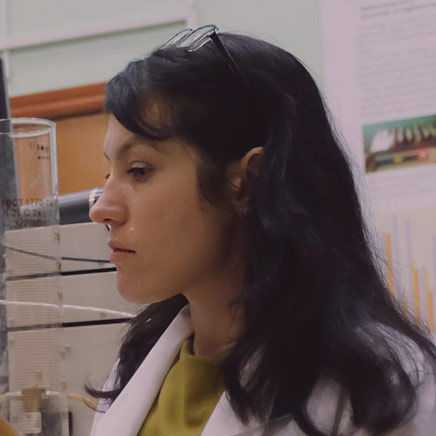- A
- A
- A
- ABC
- ABC
- ABC
- А
- А
- А
- А
- А
Microfluidic Chip Used to Test Drug Toxicity
ISTOCK
A team including HSE researchers has developed a way to use microfluidic chips to assess the toxic effects of drugs on humans. This device will help identify and minimise the side effects of drugs during the preclinical trial stage and reduce the need for animal experiments. The study is published in Bulletin of Experimental Biology and Medicine.
New drug development is a complex and lengthy process that typically takes over 10 years. First, researchers conduct initial clinical studies to select a candidate compound and have the trial documentation approved, and only then proceed to preclinical testing to determine the compound's efficacy and safety. Drug developers focus in particular on prodrugs, which are relatively inactive compounds. They are activated and transformed by the body's enzymes. The challenge with prodrugs is to observe the way they are metabolised to assess their safety and to detect potential side-effects. Testing is usually performed on cell cultures and laboratory animals.
According to statistics, just 2% of new drugs are ready to enter the market after preclinical studies. Researchers have been working hard to design safer approaches to drug testing and to reduce the need for animal experimentation. A team of Russian and German scientists have proposed a new method for preclinical drug testing using microfluidic technology.
They used a microfluidic chip consisting of a block for cell cultivation and a controller for regulating the pressure and frequency of nutrient medium supply. The device makes it possible to vary the culture medium circulation, mimicking the dynamic environment of the human body.
The study used human HaCaT keratinocytes (epidermal cells) with spheroids of the HepaRG human hepatoma (primary liver cancer) cell line. The spheroid-based 3D hepatocyte culture was chosen because it is highly active and capable of forming intercellular contacts specific to the human liver. On the one chip epidermal cells were cultured singly, while on the other chip liver and epidermal cells were cocultured. The results were then compared.
Spheroids are 3D cultures with three equivalent degrees of freedom, in which cells can form intercellular contacts and aggregate into spherical microstructures.
Prodrugs are activated in the liver by cytochrome P450 enzymes. The researchers experimented with different operating modes of the microfluidic chip to find out which conditions resulted in particularly intensive transformation of the prodrug in the liver. The Cyclophosphamide (CP) prodrug was chosen for this experiment. Often used to treat cancer, CP is known to produce toxic metabolites. A serum-free medium was developed to maintain the viability of the two cell lines in one chip.
Cytochromes P450 (CYPs) are enzyme proteins involved in the oxidation of many substances originating inside or outside of the body, e.g. drugs or poisons. CYP enzymes play a critical role in metabolism.
It was found that minimal toxic concentrations of the prodrug led to more pronounced cell death in the coculture containing liver and epidermal cells, in contrast to the culture without liver cells. By observing liver cells, one can form a clear picture of the metabolic process and thus make a more accurate assessment of a drug's cytotoxicity for the target organ.
The cellular experiments were performed in dynamic (with nutrient medium circulation) and static (without circulation) modes. In the dynamic mode, more CYP isoforms were produced, and the prodrug activation was more effective, with more pronounced results, compared to the static mode.
The dynamic mode of nutrient medium supply to the chip can be compared to blood flow to organs and tissues and thus mimics the conditions in the human body. We assume that by using microfluidic chips, we can obtain results which are very similar to those from tests on live organisms.
While drug metabolism is similar in humans and animals, their enzymes are species specific and may not always transform substances in the same way. In a number of known cases, preclinical studies on animals did not show significant side effects, but such effects were later manifested in clinical trials on humans, leading to adverse health consequences. Using microfluidic devices can reduce the need for animal testing as well as making clinical trials safer for patients.
In the future, researchers will be able to use the chip in order to track the forms of cytochrome P450 that are most important in the transformation process, conduct tests with a large number of drugs, investigate the effects of their combined action, introduce other cell types into the system, and analyse not only the activity of the drugs, but also the stability of their metabolic products. If we learn how to optimally model the pharmacokinetic and toxicological properties of compounds in vitro using such microfluidic chips, we will be able to reduce the time and cost of preclinical studies.

Natalia Pulkova
Associate Professor, Department of Infocognitive Technologies, Moscow Polytechnic University
IQ
Text author: Ekaterina Korchagina
Irina Kuznetsova
Deputy Dean, HSE Faculty of Biology and Biotechnology